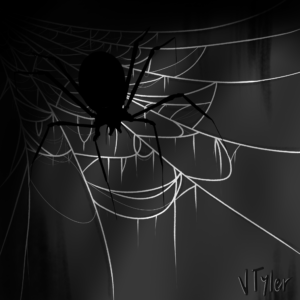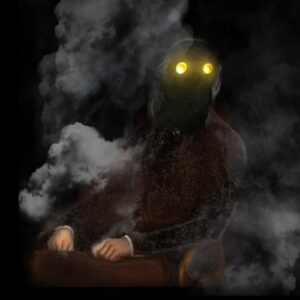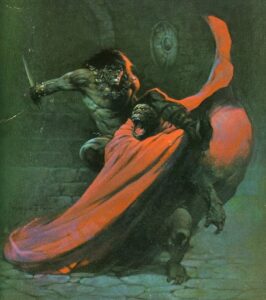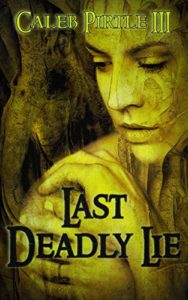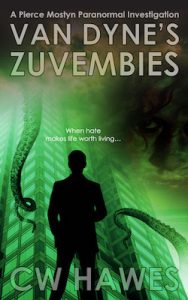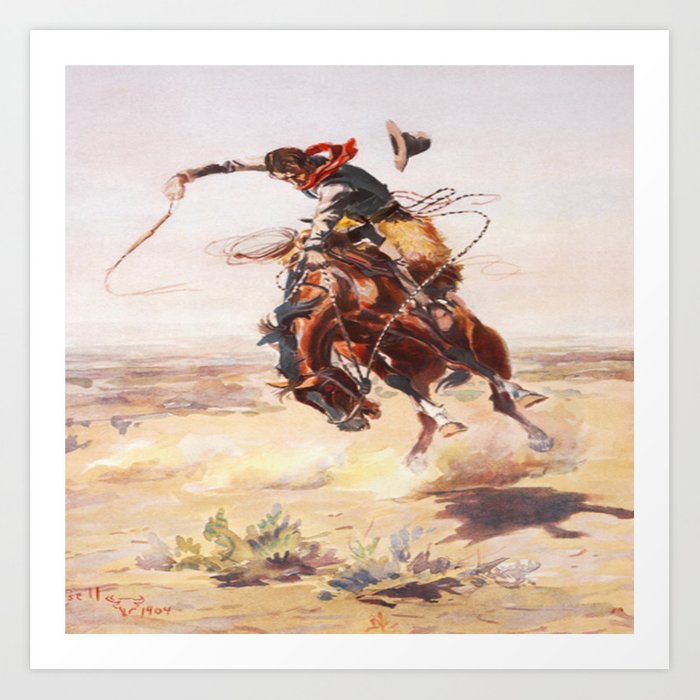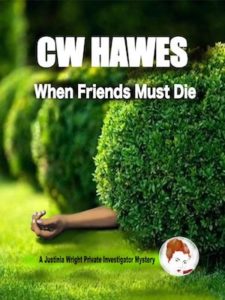Threads that Bind is a new blog launched by Jack Tyler, a long time indie author.
The blog is a coalition of authors and artists specializing in things macabre. It doesn’t matter the genre, just as long as the subject matter is chilling. Because, as some argue, horror isn’t a genre, it’s a mood, it’s the atmosphere that is brought to a genre.
Aside from Jack and myself, David Lee Summers, an indie author who has also been around the block a few times, and Venus Tyler, an upcoming young artist who is demonstrating a superb command of the artistic media, are also involved in the project.
It is our intention to add other writers and artists to our consortium. So that we can get varied perspectives on the genre, the craft, and the art of the macabre.
So take a look at our new project and feel free to add comments as to what you would like for us to discuss and we will take that under advisement.
My inaugural post can be found here: https://threadsthatbind.net/2022/11/25/fear-is-always-with-us/
I talk about my own introduction to the horror genre, which goes back 60 plus years, and why I find the macabre captivating. I hope you enjoy the post! And the blog!
Vella Report
As you may recall, I launched Tales Macabre and Arabesque on Vella back in October.
So far, I would have to say the results are underwhelming.
I published the first four episodes in October, and have been releasing a new episode every Monday starting with Halloween.
Yesterday, Episode #8, “Diaphanous, In Red Silk”, was published. It is a flash fiction piece, that in Japanese literary fashion, provides the middle of the story, and invites you, the reader, to provide the beginning and end. I hope you enjoy it.
Thus far, there have been 20 episode reads; 7 of which were locked episodes. Which means readers paid tokens to read those seven episodes. The other 13 reads were of the initial free episodes.
Amazon told me that I earned a $10 bonus for October, and I noticed that so far for November I have earned 24¢ in royalties.
I do have 4 folks following the story, and have received 13 thumbs up. A nice bit of positive response there.
As I contemplate the less than stellar performance of my entry story, it may be due to the fact that I only have one story up. A story that is actually a short story collection.
And it may be that the indie mantra of write fast and publish often also applies to Vella.
If that is the case, then I should probably be running at least two, if not three or more series at one time. And that’s a lot of writing.
Another possibility for the underwhelming performance may be freebie grabbers.
Those are the folks who will read anything for free and suddenly disappear when they have to fork over some money.
I’ve run into freebie grabbers with my mailing list promotions, where I offer a free book in exchange for adding the person to my email list.
The freebie grabber takes the book and immediately unsubscribes or proceeds to never open a single email from me. And those folks usually constitute at least half of the responses I get on such promotions.
Amazon, by giving away the first three episodes of a Vella story for free, is, in my opinion, inviting freebie grabbers to the party.
I will have to talk with other Vella authors to find out if they have an issue with freebie grabbers. These are only my initial ruminations, and may need to be taken with a grain of salt.
On the positive side, from what I hear, for those who can produce the necessary product at a swift enough pace, some decent pocket change awaits. And who doesn’t like pocket change?
In the new year, I may have to consider running a couple of series and see if that moves the income needle more in my favor.
The one big advantage of Vella, as I see it, for now at least, is that it operates outside of the normal KDP world. It is its own entity.
Another is that Vella is sponsored by Amazon. It avoids the obscurity of platforms like Chanillo and provides a monetary incentive, unlike Wattpad. And who doesn’t want the advantage of prominence and money?
I encourage both readers and writers to give Vella a try. It just may prove to be the next best thing since sliced bread.
You can find Tales Macabre and Arabesque here: https://amzn.to/3u2mAwm
Comments are always welcome! And until next time, happy reading!
 CW Hawes is a playwright, award-winning poet, and a fictioneer, with a bestselling novel. He’s also an armchair philosopher, political theorist, social commentator, and traveler. He loves a good cup of tea and agrees that everything’s better with pizza.
CW Hawes is a playwright, award-winning poet, and a fictioneer, with a bestselling novel. He’s also an armchair philosopher, political theorist, social commentator, and traveler. He loves a good cup of tea and agrees that everything’s better with pizza.
If you enjoyed this post, please consider buying me a cup of tea. Thanks! PayPal.me/CWHawes
Share This!